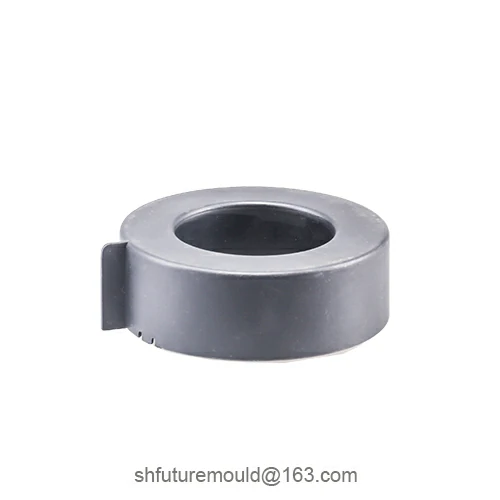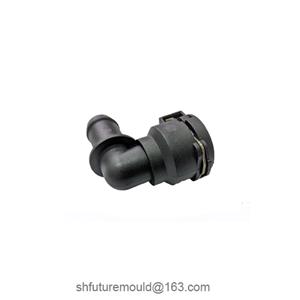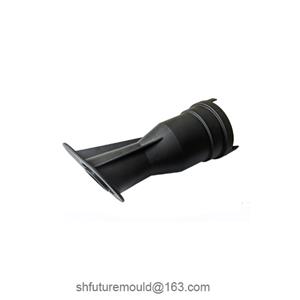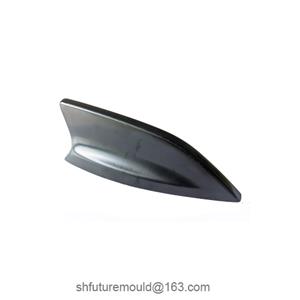Processing Challenges of High-Transparency Injection Molded Products
The challenges in molding high-transparency products lie in ensuring material purity and uniform flow, precision mold design, and strict temperature and process control.
1. Material Selection and Flowability Control
High-purity materials with low impurities
High-transparency materials (e.g., polycarbonate (PC), and polymethyl methacrylate (PMMA)) are sensitive to impurities and degradation. Ensuring raw material purity, thorough drying, and controlled flowability are critical to avoiding haze caused by bubbles or internal stresses.
Melt flow regulation
High-transparency materials are sensitive to molecular orientation. Uniform melt flow during filling must be ensured to prevent inconsistent molecular chain alignment, which can lead to internal stresses and optical defects due to uneven shear rates or flow resistance.
2. Mold Design and Temperature Management
Precision mold design
The mold must feature ultra-smooth surfaces (mirror-finish polishing) to eliminate scratches or imperfections that compromise clarity. Optimal gate and runner design is crucial to ensure smooth melt flow into the cavity.
Strict temperature control
Mold temperature directly impacts product quality. The temperature control system must achieve high-precision and uniform cooling to prevent residual stress, warping, or stress concentration caused by localized overheating or uneven cooling, which degrade optical performance.
3. Optimization of Injection Process Parameters
Injection speed and pressure
Balanced injection speed and pressure are essential to ensure complete cavity filling while minimizing bubbles, under-packing, or over-packing stresses. Excessive speed can cause uneven flow, while insufficient speed may lead to cold slug or flow lines.
Holding pressure and cooling time
Precise control of holding pressure and cooling cycles ensures uniform stress release during solidification, avoiding crystalline structure changes or reduced transparency due to uneven cooling.
4. Environmental and Equipment Requirements
Production environment
High-transparency products are highly sensitive to dust and contaminants. Production areas must maintain strictly controlled cleanliness, humidity, and temperature to prevent external factors from affecting clarity.
Equipment precision and maintenance
High-precision injection molding machines and temperature control systems are essential. Regular equipment maintenance and calibration are critical to ensuring consistent processing quality.
- Injection Mold
- Automotive Injection Mold
- Electronics & Electrical Injection Mold
- Consumer Goods Injection Mold
- Airplane Components Injection Mold
- Medical Components Injection Mold
- Irrigation Components Injection Mold
- Injection Molds




